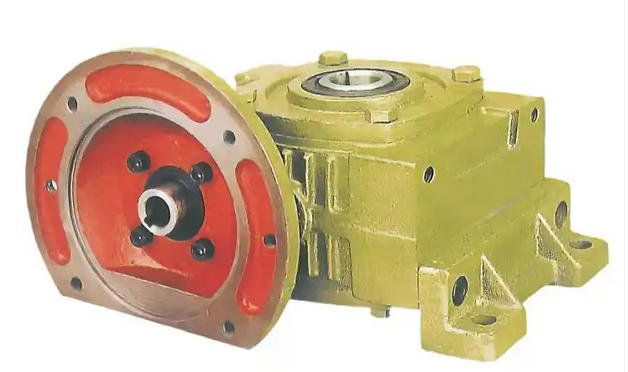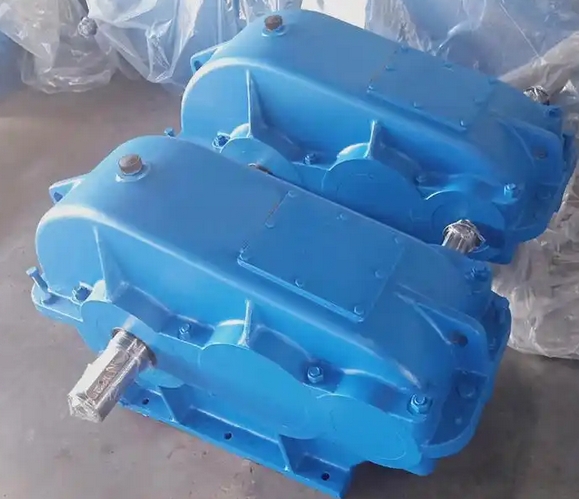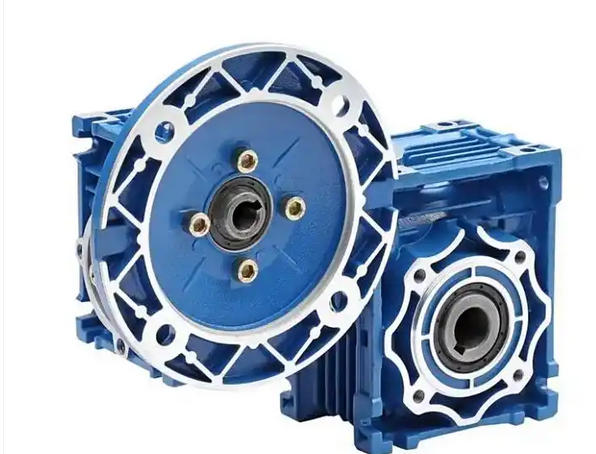How external working conditions affect the vibration of WPWDKO80-30:1 worm gear reducer
The external working conditions directly affect the vibration of the WPWDKO80-30:1 worm gear reducer through four dimensions: load state, speed matching, environmental conditions, and external related equipment, manifested as differential anomalies in vibration amplitude, frequency, and stability.1. The impact of abnormal load status
Overload operation: When the load exceeds the rated value, the meshing force of the worm gear increases dramatically, and the oil film is prone to rupture, causing mid to low frequency impact vibration. The effective value of the vibration speed increases proportionally with the load, often accompanied by a peak of the meshing frequency doubling.
Load fluctuation: Frequent start stop and downstream equipment jamming/blockage cause load alternation, and the gearbox is subjected to impact loads, resulting in intermittent vibration with fluctuating amplitudes. Over time, this will accelerate tooth wear and further amplify the vibration.

Improper no-load/light load: During long-term light load operation, insufficient meshing of the worm gear may cause "crawling" phenomenon, leading to low-frequency (<50Hz) irregular vibration and obvious "shaking" sensation when touching the casing.
2. The impact of speed matching deviation
Exceeding the rated speed: When the speed is higher than the design value, the meshing frequency increases, which makes it easy to resonate with the natural frequency of the equipment, resulting in a sudden increase in vibration amplitude, obvious resonance peaks in the spectrum, and an increase in the proportion of high-frequency vibration components (1-5kHz).
Low speed operation: When the speed is too low (less than 50% of the rated speed), the lubrication effect decreases, the meshing impact increases, the vibration is mainly low-frequency, and the stability is poor, accompanied by obvious "jerky" vibration.
Speed fluctuation: Unstable motor speed (such as power supply voltage fluctuation, frequency converter failure) causes the input speed of the reducer to fluctuate rapidly, the meshing frequency to change in real-time, the vibration to have no fixed pattern, and the amplitude fluctuation range to be large.
3. Indirect effects of environmental conditions
Abnormal environmental temperature: High temperature (>40 ℃) leads to a decrease in lubricating oil viscosity, weakened oil film bearing capacity, and intensified friction vibration; Low temperature (<0 ℃) causes poor fluidity of lubricating oil, insufficient lubrication, significant increase in vibration during the start-up phase, and no significant relief after running for a period of time.
Dust/humid environment: Dust entering the interior of the gearbox can form frictional impurities on the mating surfaces and bearings, causing high-frequency impact vibration; The humid environment leads to the emulsification and deterioration of lubricating oil, resulting in lubrication failure and abnormal temperature rise accompanied by vibration.
4. The impact of external associated devices
Downstream equipment vibration transmission: The vibration of downstream equipment such as conveyor belts and fans is transmitted to the reducer through the output shaft, causing the amplitude of the reducer vibration to overlap and the characteristic frequency of downstream equipment to appear in the spectrum.
Motor vibration conduction: The vibration generated by the imbalance of the motor itself and the damage of the bearings is transmitted to the reducer through the coupling, making the vibration of the input end bearing seat particularly obvious, and the vibration frequency is synchronized with the motor speed.
Installation foundation resonance: If the natural frequencies of the reducer base, ground, and surrounding equipment are close, it will cause foundation resonance, leading to increased overall vibration of the reducer, and the vibration is most significant under specific operating conditions (such as a certain speed or load).



